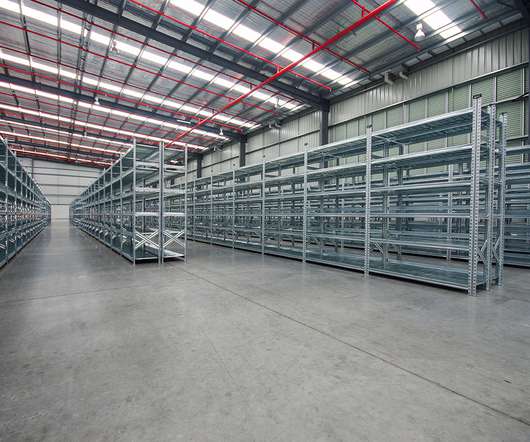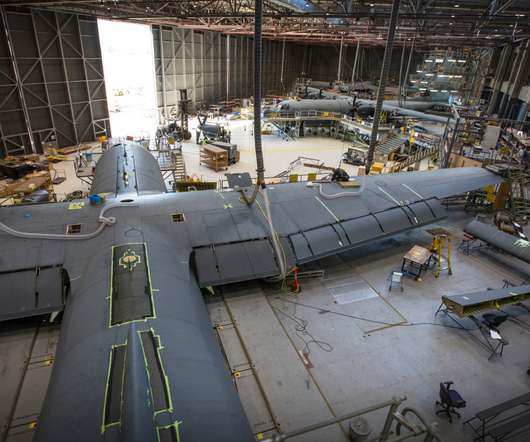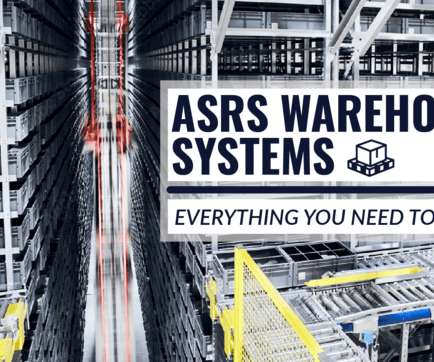50% Spike in Demand for Retail Storage, says Shelving Specialist
Logistics Business Magazine
FEBRUARY 5, 2021
Analysis by real estate advisor, Knight Frank , indicates that the continued rise in online shopping could drive demand for an additional 92 million square feet of industrial storage space across the UK by 2024. Continued Wallace: “What can be overlooked in times of sudden growth is the fine detail in respect of health and safety.














Let's personalize your content